Sociedade Psicanalitica de Pelotas
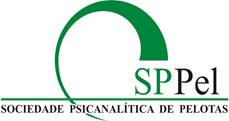
Who we are
Historically, we were the first psychoanalytic institution in the country that settled outside a capital.
We live in a relatively small city, where external circumstances have repercussions on the psychoanalytic process, which has been a topic of interest and research. We are currently (2020) fifteen analysts and twenty-five candidates.
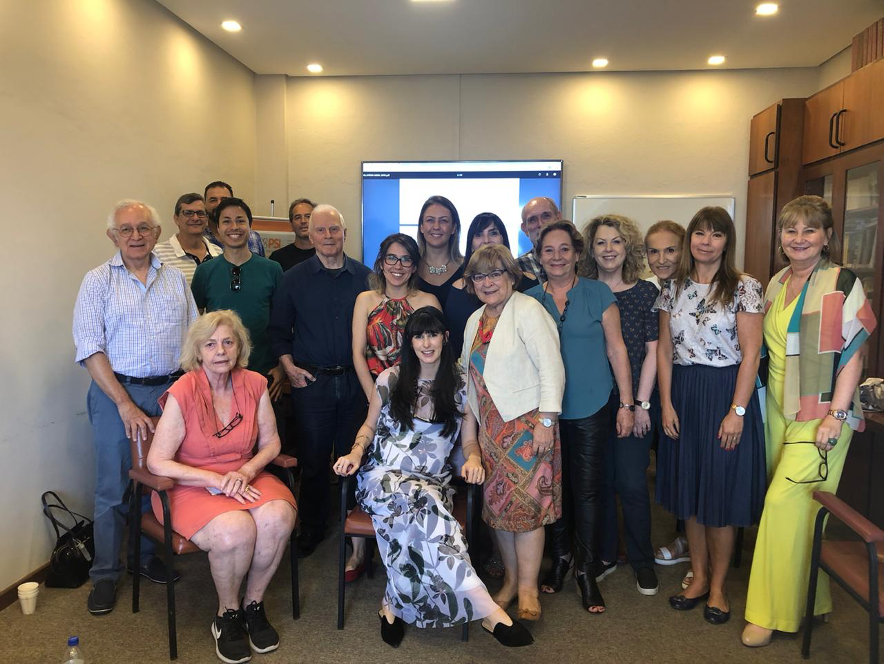
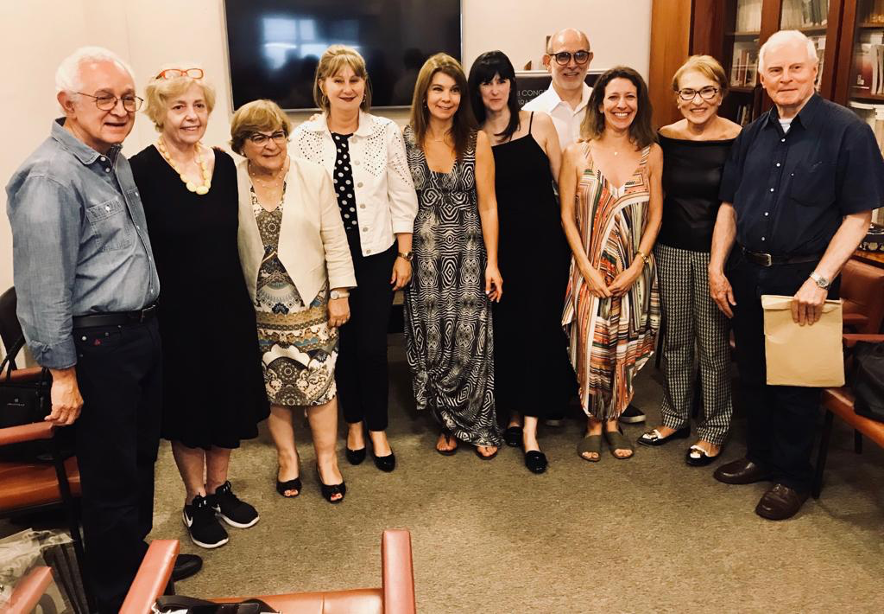
Where we came from
Under the sponsorship of the Brazilian Society of Psychoanalysis of Rio de Janeiro (SBPRJ - RIO II), a group of psychoanalysts, Drs. Sérgio Roberto Abuchaim, Paulo Luis Rosa Sousa and Alberto Abuchaim and Bruno Salesio da Silva Francisco, the two first from of Asociación Psicanalítica Argentina (APA) and the last two of them from SBPRJ, was founded on May 17, 1987, in the city of Pelotas, the Psychoanalytical Nucleus of Pelotas. This was, then, a branch of the Institute of Psychoanalysis of SBPRJ. The Administrative Coordinator of the Nucleus was Dr. Aloysio Augusto D’Abreu and the Didactic Coordinator was Dr. José Hamilton Gonçalves de Farias, both Didacte Members psychoanalysts from SBPRJ. After the interviews for selection of the first ten candidates, held in Rio de Janeiro, the theoretical seminars in Pelotas began, held by Didactes from SBPRJ. Personal analyses were carried out with analysts residing in Pelotas, with an analyst residing in Porto Alegre and with Dr. Bruno who began to analyze candidates for Psychoanalytic Training, coming to Pelotas on Fridays and Saturdays, starting in the second semester of 1987 The idea of forming an institution directly linked to the International Psychoanalytical Association - IPA became possible when Dr. Bruno took up residence in Pelotas in January 1988, as required by IPA regulations. A Site Visiting Committee, made up of Chair Dr. Inga Villarreal, of the Asociación Psicoanalitica de Colombia, and Dr. Isidoro Berenstein, of the Asociación Psicoanalitica de Buenos Aires-APdeBA, visited the Psychoanalytical Nucleus in January 1988, for regulatory surveys and assessments. In August 1988, at the 35th Montreal IPA International Congress, the Pelotas Psychoanalytical Nucleus was recognized as a Study Group by IPA (Group of Psychoanalytical Studies in Pelotas-GEPP), with the strong support of IPA President Dr. Robert Wallerstein. The subsequent Sponsoring Committee designated by IPA and formed by Chair Dr. Isidoro Berenstein, Dr. Aiban Hagelin (from the Argentine Psychoanalytical Association-APA) and Profª. Marta Nieto Grove (from the Asociación Psicoanalítica de Uruguay-APU), confirmed, at the beginning of the following year, the work carried out under the auspices of SBPRJ and ratified the didactic function of the four founding analysts. After
the death of Dr. Sérgio Roberto Abuchaim, in March 1990, Dr. José Luiz Meurer, from SBPRJ, came to live in Pelotas as a didactic analyst in november 29, 1990.
In January 1993, the first candidate completed his Psychoanalytical Training.
On August 2, 1995, at the 39th International Psychoanalytic Congress in San Francisco, we were recognized as a Psychoanalytic Society (Provisional). The Liaison Committee was formed by Drs. Reggy Serebriany - Chair (APdeBA), Blanca Montevecchio (APA) and Dr. Roberto Doria de Medina. A second Liaison Committee, appointed in 2000, was formed by Chair Profª. Matilde Ureta de Caplansky (of the Psychoanalytic Society of Peru-SPP), Dr. Eva Ponce de León de Masvernat (APA) and Dr. David Nelson López Garza (of the Psychoanalytic Association of Mexico-APM).
Through the geographic neighborhood with the Asociación Psicoanalítica de Uruguay (APU), we received important aid from Uruguayan colleagues, with seminars, courses, supervisions, conferences, during the period of our institutional formation. On a slightly smaller scale, we received the same contribution from colleagues of Asociación Psicoanalítica Argentina (APA) and Asociación Psicoanalítica de Buenos Aires (APdeBA).
On March 10, 2004, at the 43rd International Congress of Psychoanalysis, held in New Orleans, we were recognized as a Component Society of the IPA.
So far we have had nine successive groups of Candidates, nineteen analysts have been qualified, twenty-five Candidates are in progress in their training and ten Candidates have left.
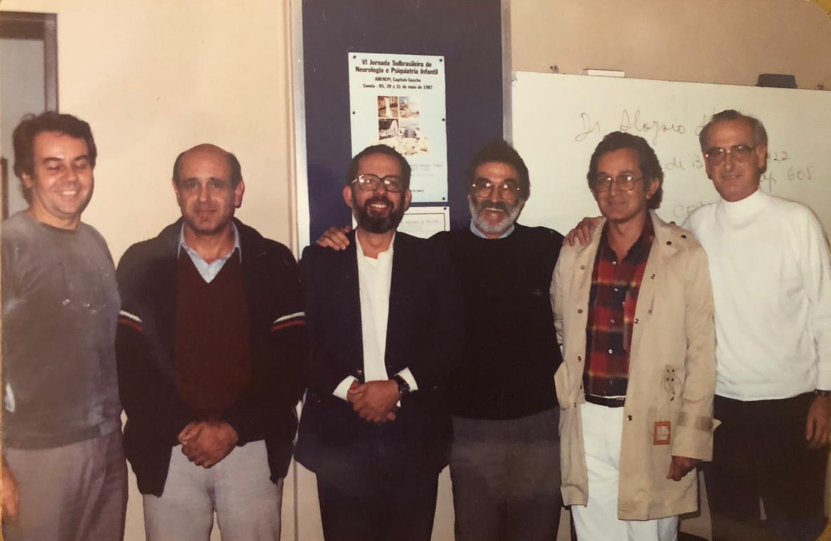
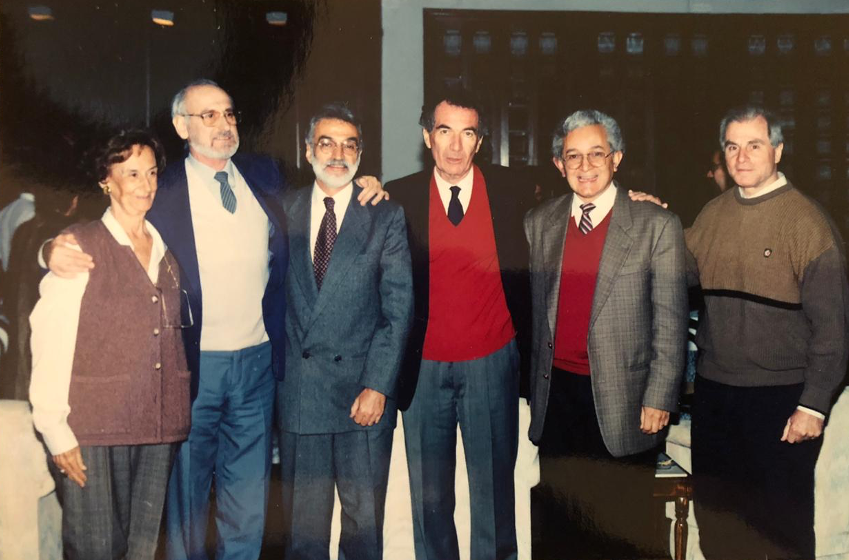
What are our activities?
The routine activities of our Society include:
Weekly scientific activities;
Weekly Study Group on psychoanalytic authors;
Monthly activity called Interdisciplinary Dialogues, carried out with and for the general public.
Psychoanalytic Training Course according to the International Psychoanalytical Association (IPA) standards throng our Institute of Psychoanalysis.
Participation with COWAP Brasil - Women and Psychoanalysis Committee
In addition, many of our Members work at Universities and teach classes on Psychotherapy at the Sigmund Freud Scientific Society attented mainly by psychiatrists and psychologues from the cities of Pelotas and Rio Grande.
Applied Psychoanalysis activities with the Community.
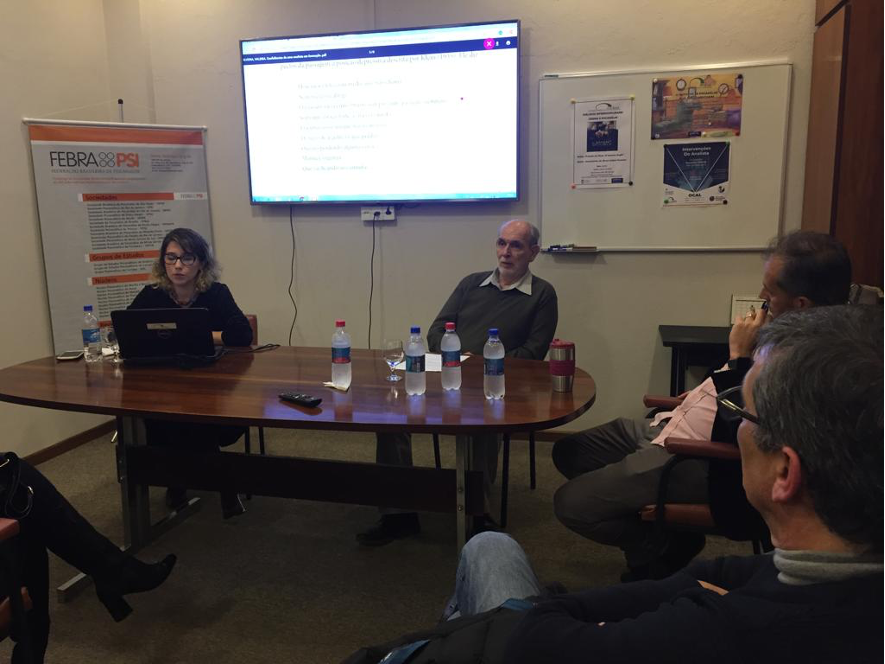
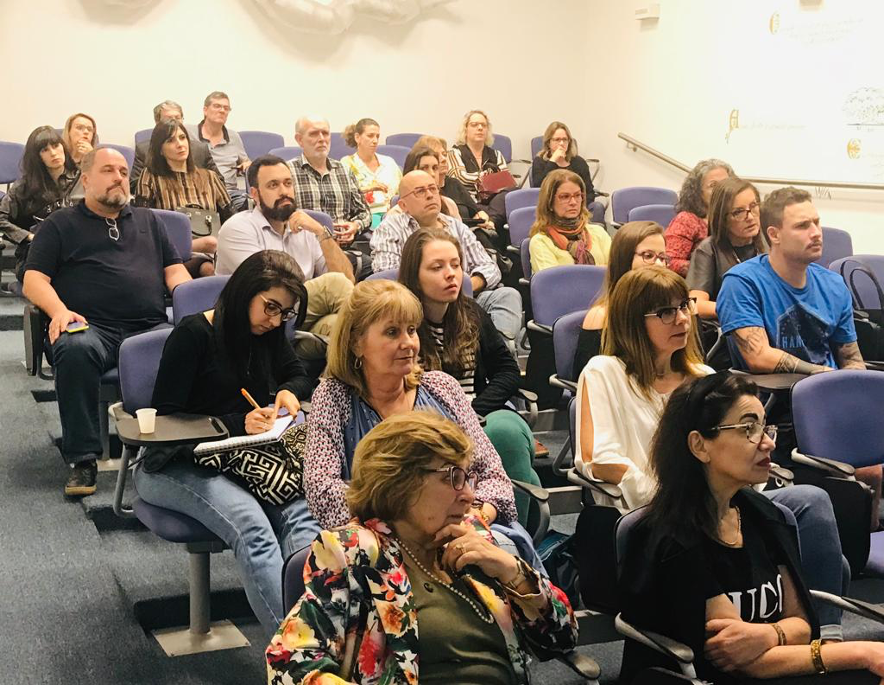
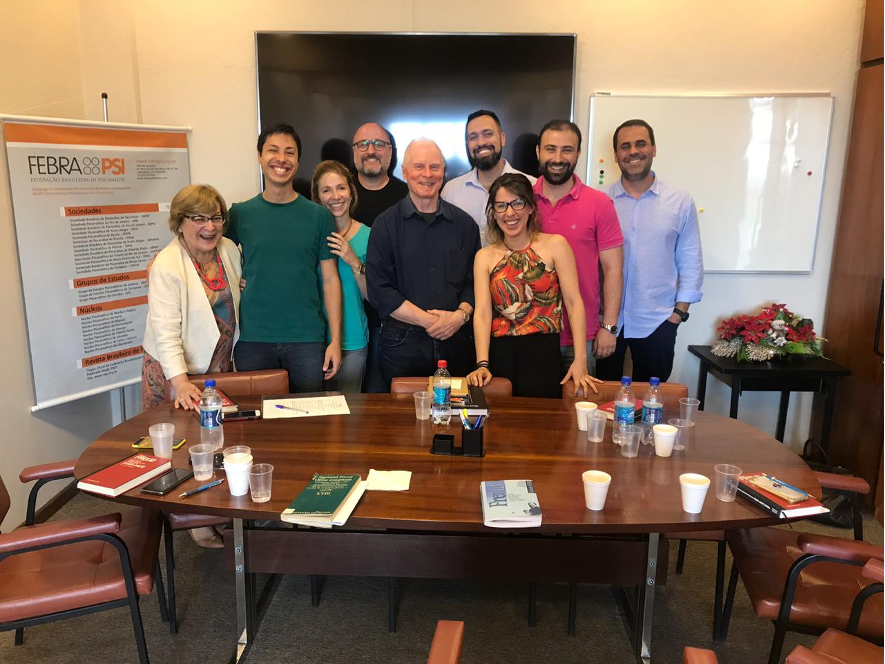
Our city
Pelotas is a municipality in the southern region of the state of Rio Grande do Sul, in the far south of Brazil. Considered one of the regional capitals of Brazil, its population is around 350,000 inhabitants. The city has five higher educational institutions, four large technical schools, two theaters, a public library, twenty-three museums, two daily newspapers, four television stations, an international airport and a fluvial-lake port. In its cultural history, there are important writers, sculptors, painters. This cultural history constitutes an element that provides a valuable support for the fostering and development of a psychoanalytic institution like ours.
In the economic history of the municipality, the production of jerky stood out in a distant past, and made Pelotas rich in times past.
The Pelotas region is the largest producer of fruit peach. The municipality is also a major producer of rice and beef cattle. It also has the largest milk production in the region.
Ethnicity
The main immigration to the region was the arrival of Portuguese (Azoreans). There have been also German immigrants (mostly Pomeranians), Africans (brought into slavery by the Portuguese empire mainly from Angola), Italians, Poles, French, Jews, Lebanese Arabs, etc. The population of indigenous descendants is small.